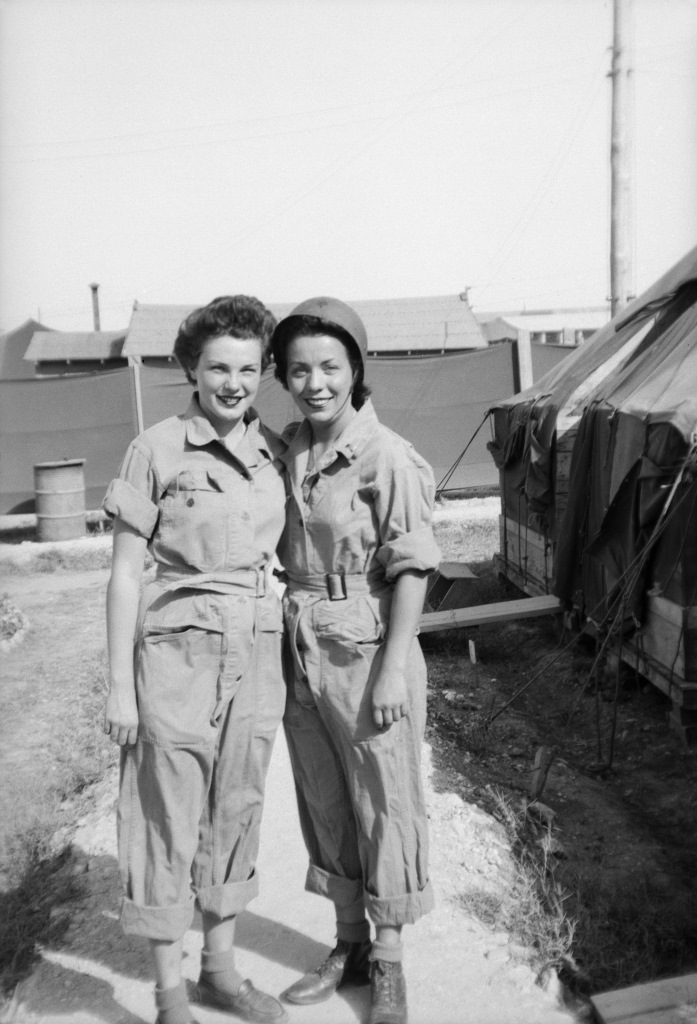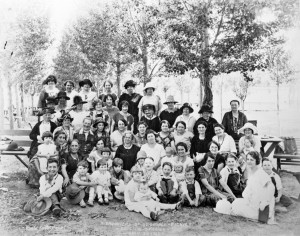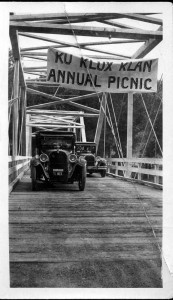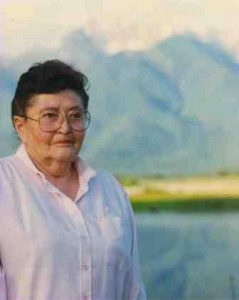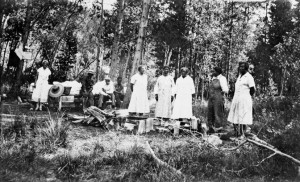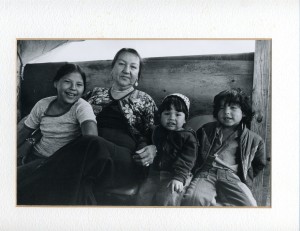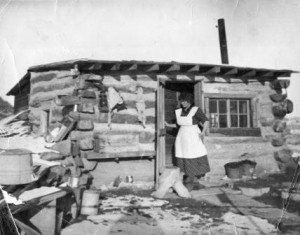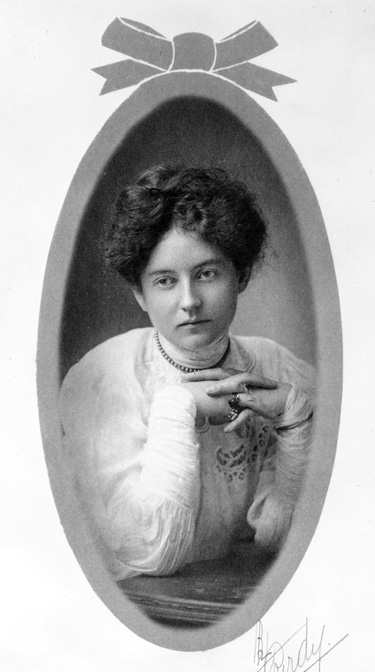
Temperance advocate Carrie Nation once pronounced Mary MacLane “the example of a woman who has been unwomanly in everything that she is noted for.” MacLane was no doubt delighted with the description. Writer, bohemian, and actress, Mary MacLane (1881-1929) was born in Winnipeg, Manitoba, and grew up in Butte, Montana. Best known for her two autobiographical books, The Story of Mary MacLane (1902) and I, Mary MacLane (1917), she also wrote features for newspapers, starred in a motion picture, and became notorious for her outrageous, unwomanly behavior.
MacLane was the child of failed fortune. Her father died when she was eight; after her mother remarried, her stepfather took the family to Butte in search of riches. According to legend, on the eve of Mary’s departure for Stanford University, her stepfather confessed that he had lost the family’s money in a mining venture and could not afford to send her to college. Whatever the truth, Mary did not attend college after graduating from Butte High School, but spent her days feeling restless and trapped, walking through Butte and recording her thoughts in her diary. In 1902, she sent the handwritten text to a Chicago publisher, Fleming H. Revell Co, under the title, I Await the Devil’s Coming. The editor who read the piece judged it the “most astounding and revealing piece of realism I had ever read.” But it was not the kind of material that the Revell, “Publishers of Evangelical Literature,” brought to the market. Fortunately, the editor sent it to another publisher, Stone & Kimball, who released it as The Story of Mary MacLane. Within a few months the book had sold eighty thousand copies, and MacLane may have earned as much as $20,000 in royalties in 1902 (approximately $500,000 in 2013 dollars).
Continue reading Me, Me, Me, Me: Butte’s Bohemian, Mary MacLane

